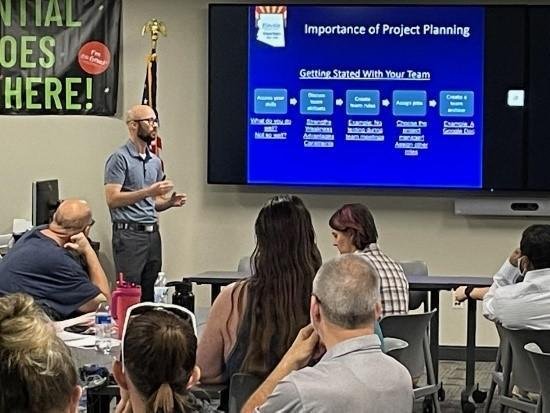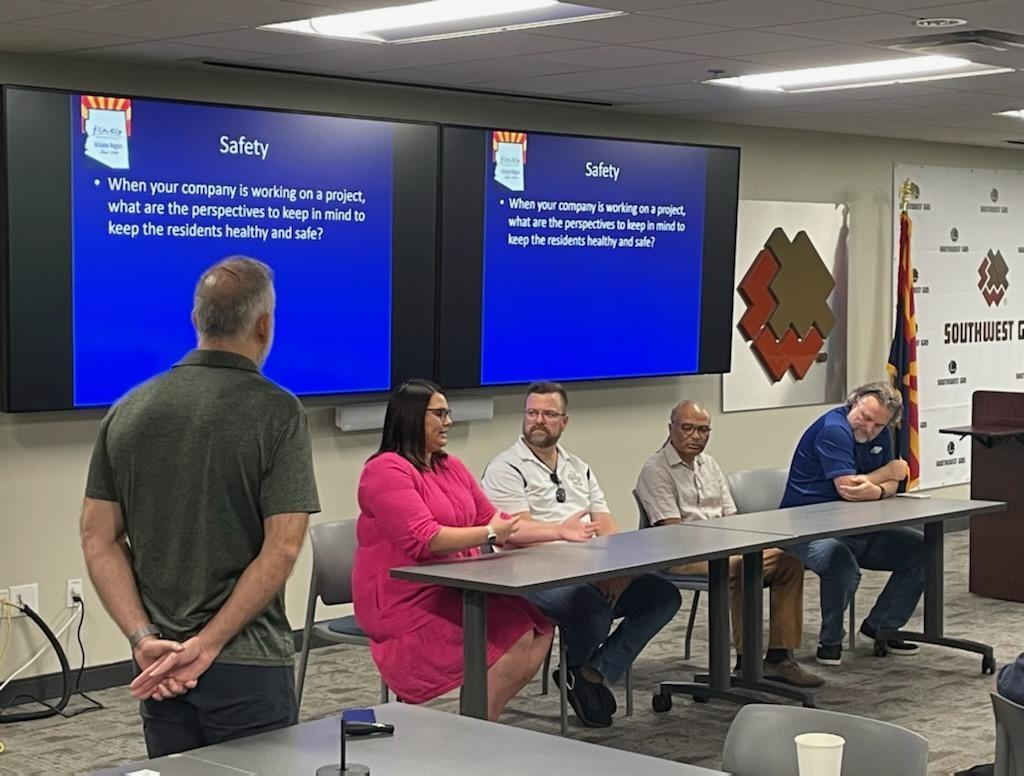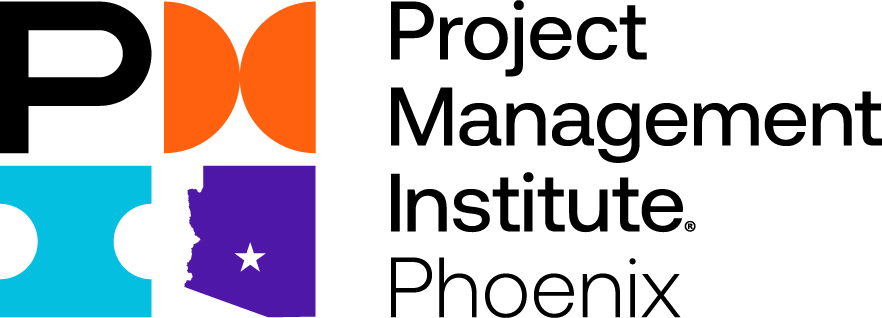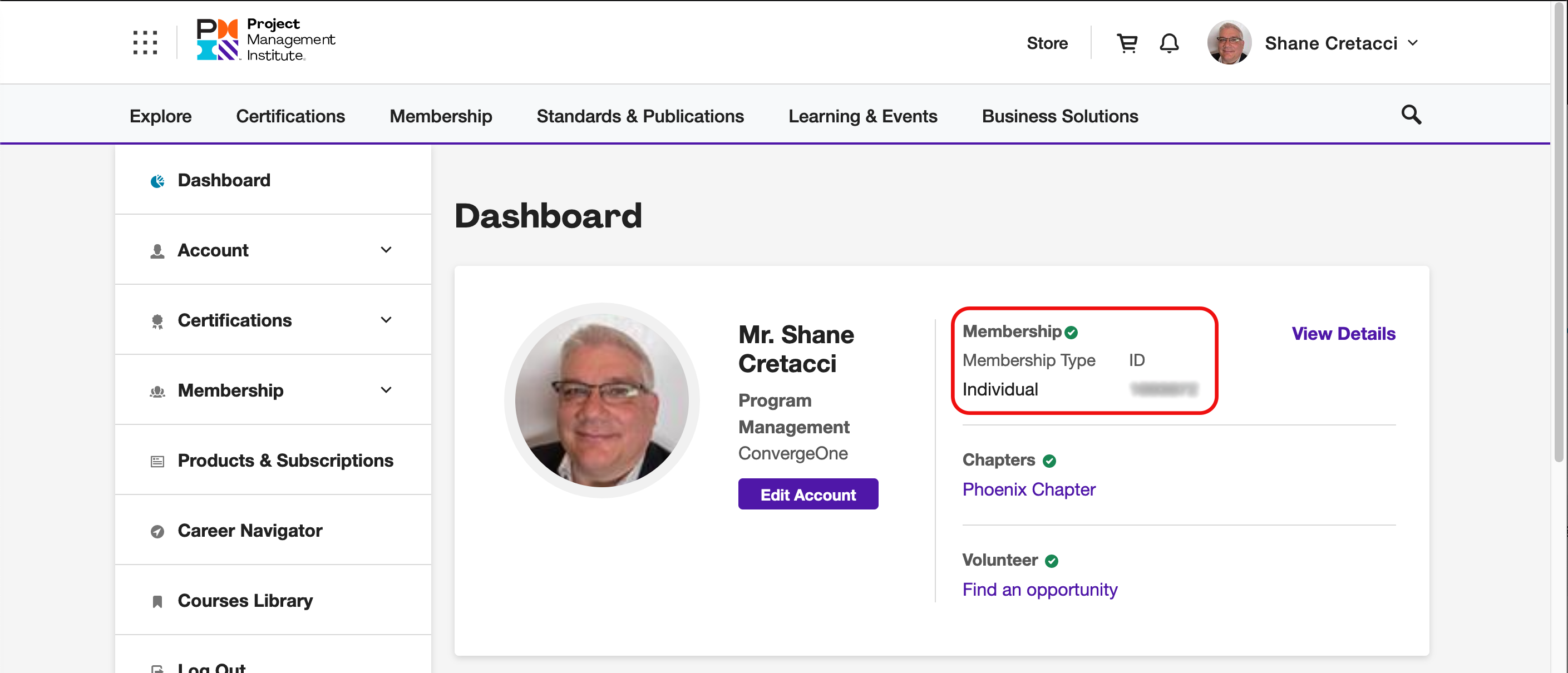The Future City Competition “is a project-based learning program where students in 6th, 7th, and 8th grades imagine, research, design, and build cities of the future.” This incredible opportunity gives middle school students exposure to the Science, Technology, Engineering, and Mathematics (STEM) community and techniques used in the project management knowledge base. Teams of students compete regionally by submitting various deliverables, models, and presentations to STEM-based society judges. One team is selected to represent the state at the national competition in Washington, D.C.
PMI Phoenix Chapter is proud to provide volunteers to support, judge, and mentor teams in the Arizona state regionals. The Future City regional coordination team and our volunteers kicked off this year’s 2022-23 competition with an in-person launch event. This is the first in-person event since the 2019-20 competition finals due to the restrictions caused by the pandemic. The event was hosted by regional coordinators Michael Andrews and David Ellingson at the Southwest Gas facility in Phoenix on August 27, 2022.


The Saturday event was a great mix of about 30-40 educators and volunteers, both new and seasoned members of the regional competition. During the event's first half, the coordination team recognized the societies that supported the competition in previous years, followed by an overview of this year’s competition dates and deliverables. The second half of the event was led by PMI Phoenix Chapter volunteers. One of our newest volunteers, Christopher Downey, provided an overview on the “Importance of Project Planning,” and our Director of Academic Outreach, Steve Poessnecker, moderated a panel of experts to introduce this year’s challenge question. Each year, students must address a particular challenge question within their designed city of the future. Last year, students had to imagine a future city located on the moon. This year, students must choose “a climate change impact, design one innovative and futuristic climate change adaptation and one mitigation strategy to keep [their] residents healthy and safe.”
Feel free to follow this year’s regional competition at https://futurecity.org/arizona. If you are interested in how to get involved as a mentor or judge, contact the PMI Phoenix Future City Director at


